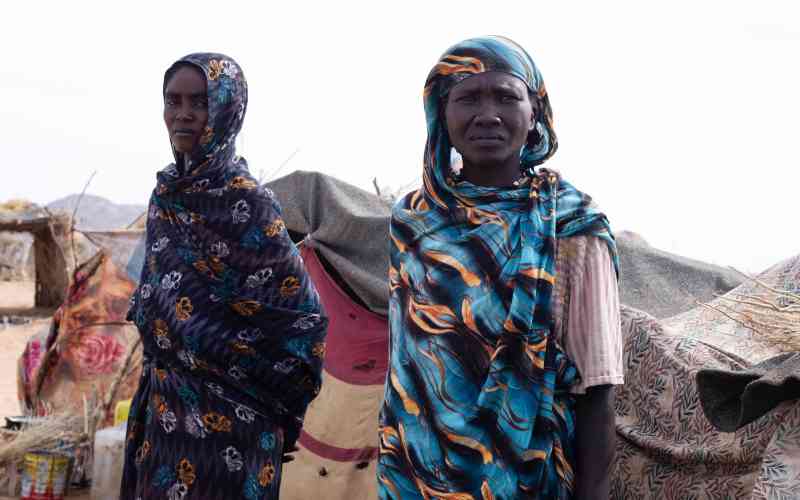'Manas' Star's Wild Discovery: Learned She Was Lead After Film Premiere!
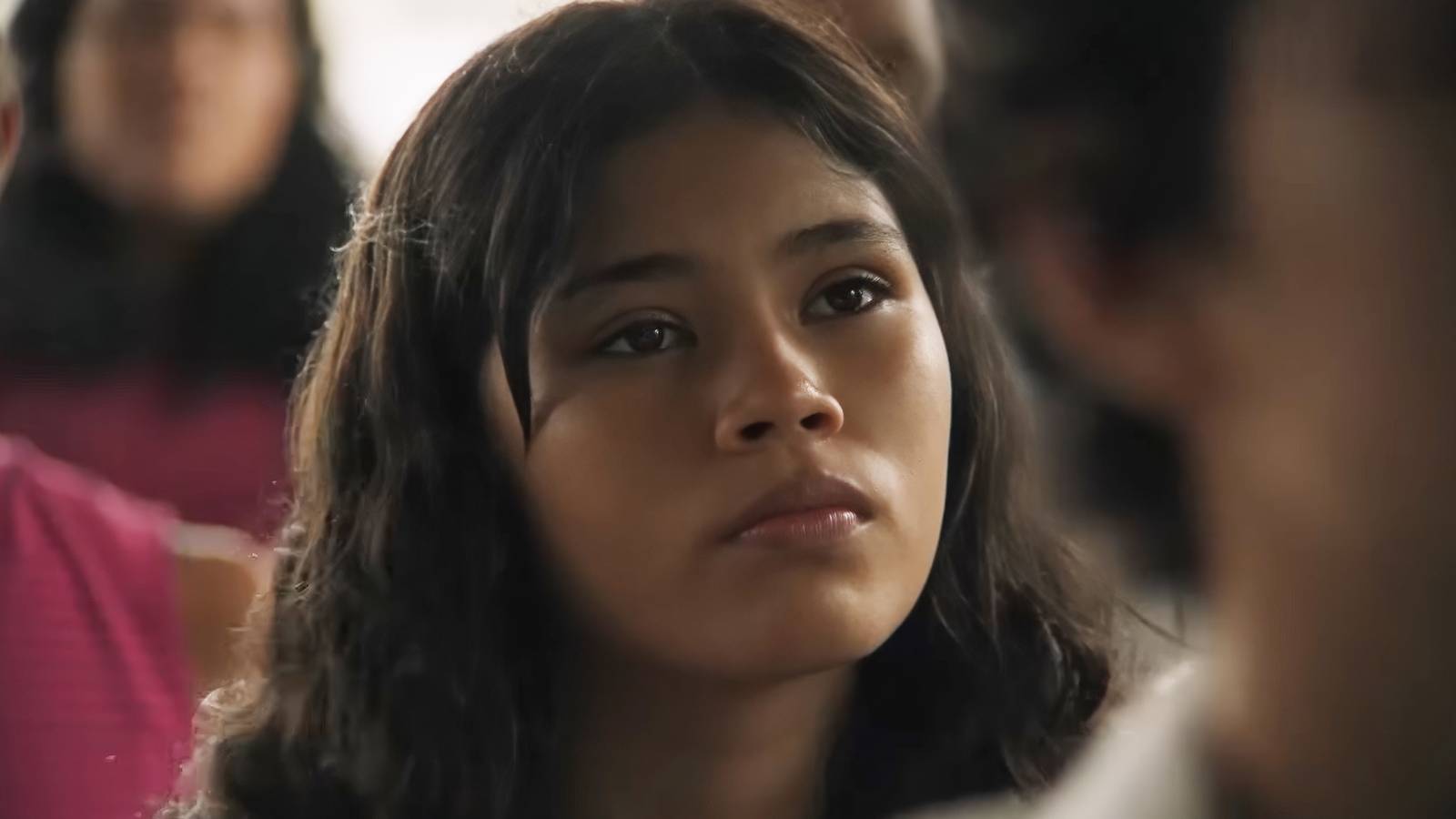
The compelling feature film "Manas" is the culmination of over a decade of dedication by director Marianna Brennand, exploring the devastating reality of sexual violence against women and children on Marajó Island, Brazil. Born from a profound desire to illuminate and foster transformation, Brennand's initial impulse to create a documentary evolved into a powerful work of fiction, a deliberate choice made to safeguard survivors and avoid re-traumatizing them by explicitly depicting their experiences.
The genesis of "Manas" dates back more than ten years, when Brennand first learned about the pervasive sexual violence on Marajó Island. As an experienced documentarian, her immediate reaction was, "I have to tell this story. I need to shed light, and maybe through cinema, help bring transformation." However, she soon realized the ethical impossibility of asking victims to recount such traumatic events on camera, which would only inflict further violence. Thus, fiction became the organic and only viable pathway to tell this crucial story without causing additional harm.
Central to the narrative is the 13-year-old protagonist, Marcielle, whose perspective became the sole lens through which the audience experiences the film. This decision was pivotal in drawing spectators close to the girl, fostering deep empathy and allowing them to truly connect with her emotional journey. The film's ending also underwent a significant evolution. Initially conceived with an open, ambiguous conclusion where Marcielle would simply run away, deeper research into the psychology of trauma and the immense difficulties faced by women in the region to seek help led to a powerful change. The final resolution, where Marcielle kills her father, serves as a stark and important symbol of breaking the pervasive cycle of abuse.
"Manas" is built upon a foundation of extensive, eight-year-long research, during which Brennand meticulously collected stories and experiences from the community. Her obsession with authenticity meant delving deep into the reality of every family member – mother, father, sister, Marcielle, and friends – to create complex, true-to-life characters. A core principle of the filmmaking process was to convey the feeling of violence without explicitly showing sexual acts on screen. Brennand firmly believes that sexual violence should not exist, and therefore, depicting it, even in fiction, would be an unacceptable act for her as a woman, potentially condoning such acts. This approach also served to protect the representation of the young actors' bodies and their psychological well-being.
The path to production was a challenging yet ultimately rewarding one. The film's official birth in 2014 was marked by securing a crucial governmental grant for script development in Brazil, enabling initial research trips to Marajó Island and the hiring of the first screenwriter. Financial support expanded when Global Filmes, a major Brazilian TV and production company, joined as co-producers. The team also benefited from a writing lab mentorship with Bráulio Mantovani, renowned writer of "City of God." Internationalizing the film involved a long journey through film markets in Berlin and Cannes to secure distributors and international partners, a process that ultimately paid off significantly.
A distinctive aspect of "Manas" is its casting approach, particularly the decision to work with non-professional young actors for the key roles, reflecting a desire Brennand held since the project's inception. She specifically sought a 13-year-old girl who mirrored Marcielle's age, rather than an older actor portraying youth. Jamilli Correa, a young girl from Belém, was cast as Marcielle, described by Brennand as an exceptional talent who seemed to be "an actress in past lives." The adult cast, conversely, was composed of experienced professional actors from across Brazil, creating an interesting blend of raw authenticity and seasoned talent.
Directing young, non-professional actors, especially in such a sensitive story, required careful and empathetic methods. Prior to casting, Brennand conducted workshops with ten potential girls to assess their maturity and comfort with the crew. Once Jamilli was selected, nearly two months of preparation followed for both the young and adult cast, fostering a familial bond and tenderness. Physical training was also essential, transforming Jamilli, an urban girl, into a natural in the Amazonian forest environment. Crucially, to protect Jamilli's psychological health and prevent her from internalizing the trauma, she was never shown the full script. While she understood her character's experiences of sexual abuse and exploitation, Brennand directed her symbolically, avoiding explicit terms or detailed scene descriptions. Furthermore, to alleviate pressure, Jamilli was not informed she was the protagonist until she saw the finished film, believing herself to be as important as the other girls. Jamilli's positive experience led her to pursue acting classes, demonstrating the profound impact of the production on her life.
As her first feature-length fiction film, "Manas" marked Brennand's debut in directing actors, a challenge she prepared for extensively. Her directing style emphasizes actor freedom, avoiding over-marking scenes. She favors long takes, with the camera moving like a "ballet," intimately following the characters and allowing them to inhabit the space organically. Brennand herself maintains close proximity to her Director of Photography on set, breathing with the characters and actors, rather than observing from a distant monitor. The crew, comprising around 60-70 talented Brazilian artists, worked with a deep sense of commitment and shared purpose.
Brennand acknowledges several "unsung heroes" vital to the film's creation and authenticity. Carolina Benevides, her producer and co-writer, is hailed as the "heart and soul" of the project. Equally indispensable were Sister Henriqueta Cavalcante and Officer Rodrigo Amorim, who inspired the character of the police officer Aretha. These two real-life heroes tirelessly fight sexual violence in the Amazon region, particularly Marajó, and provided invaluable access, guidance, and authenticity checks during the research phase, ensuring the film's portrayal of reality was precise.
A deliberate artistic choice was the absence of a traditional musical score. Brennand found she could never "hear" music in the film's scenes during writing, given the harsh reality it portrays. Instead, the "music" of "Manas" is conceived as the heartbeat of the protagonist and the immersive sounds of the forest, creating a deeply sensorial experience. The sound design transitions from realistic and naturalistic at the film's opening to a more psychological perspective as the violence unfolds, drawing the viewer deeper into Marcielle's internal world.
Despite the film's release, the violence against women and children on Marajó Island, and globally, tragically persists. In response, "Manas" is embarking on a "social circuit" of exhibitions, bringing the film back to Marajó Island for screenings in communities, accompanied by social assistance and psychologists. This initiative aims to engage women and girls directly, fostering dialogue and offering support, embodying the film's core intention to inspire change and spread a vital message of awareness and action against violence that transcends geographical boundaries. Brennand describes the entire filmmaking process, despite its heavy subject matter, as one that brought immense joy, maturity, and a profound sense of purpose for herself and the entire dedicated crew, a blessing to tell a story from a female perspective, honoring women's narratives and bodies.
Recommended Articles
You may also like...
Cinema Sensitivity and the Nigerian Reality: Why The Herd Divides Viewers

A commentary on the controversy surrounding the Nigerian film “The Herd,” examining calls for its ban over alleged ethni...
The Ancient African Calendar That Existed Before the Gregorian Calendar
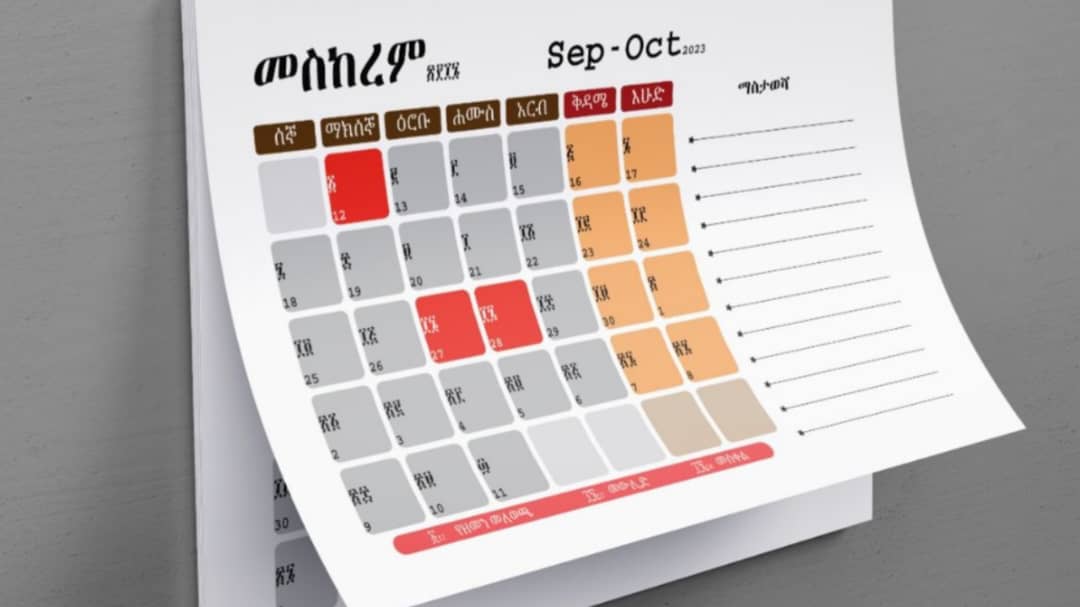
Have you heard about the Ethiopian calendar? its astonishing accuracy and scientific brilliance, it is an ancient Afric...
Do Africans Abroad Owe the Continent Anything?

Do Africans abroad owe the continent and those back home anything? A bold and reflective social commentary exploring whe...
African Giants Secure World Para Championships Berth!
)
Nigeria and Egypt emerged as the dominant forces at the 2025 ITTF-Africa Para Championships in Giza, securing multiple g...
NBA Showdown Explodes: Suggs Ejected, Five Technicals in Fiery Magic-Sixers Clash!
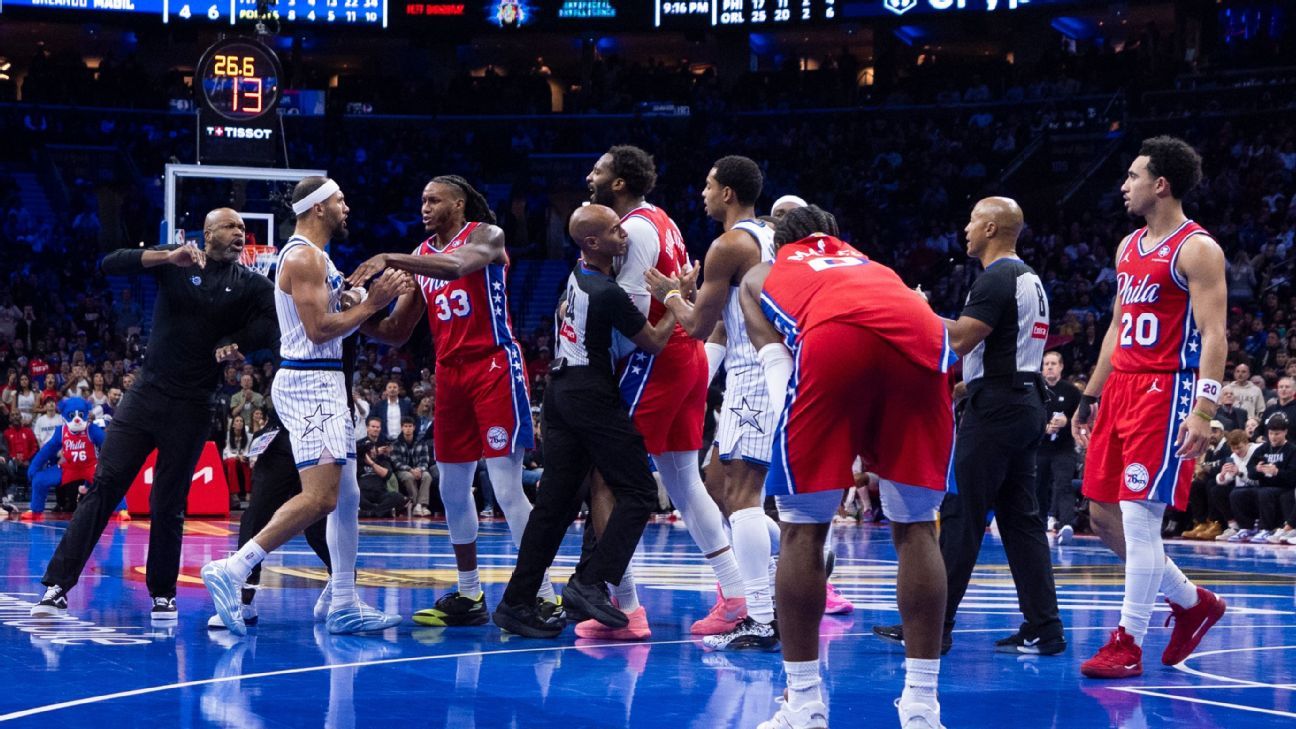
Orlando Magic's Jalen Suggs was ejected from a game against the Philadelphia 76ers after a heated altercation involving ...
HBO Max Unlocks ‘Chespirito’ Universe with New Series, Teases ‘Like Water for Chocolate’ Season 2

HBO Max Latin America unveils a robust 2026 content slate, building on past successes with new series inspired by Chespi...
Apple TV Blasted! Major Thriller Series Pulled Days Before Premiere Over Plagiarism Scandal
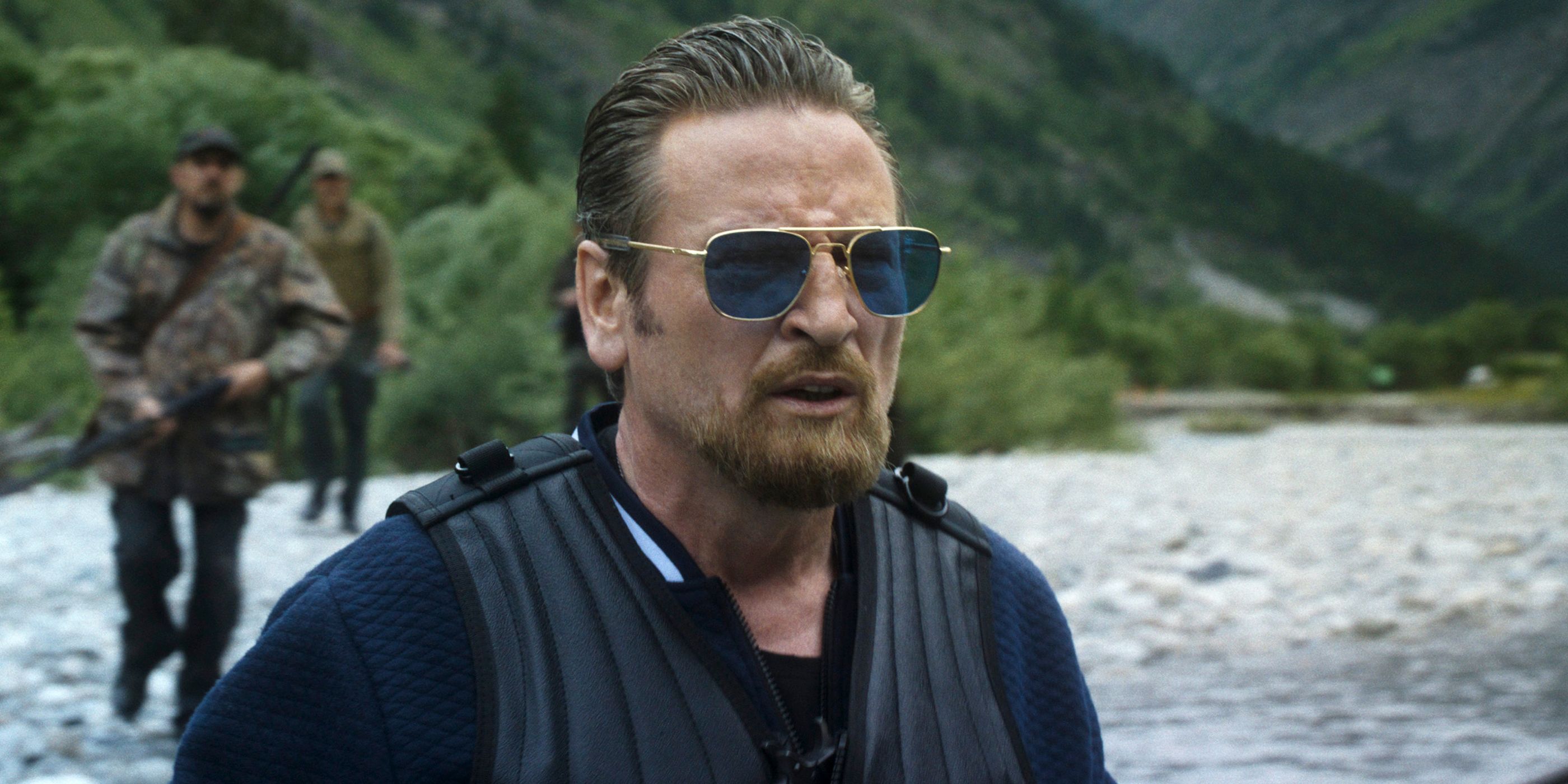
Apple TV+ has abruptly removed its upcoming French thriller, <em>The Hunt</em> (Traqués), from its December lineup due t...
Summer Walker Dominates: R&B Queen Achieves Historic No. 1 Album Trilogy

Summer Walker's new album, "Finally Over It," has debuted at No. 1 on Billboard’s Top R&B/Hip-Hop Albums chart, achievin...
